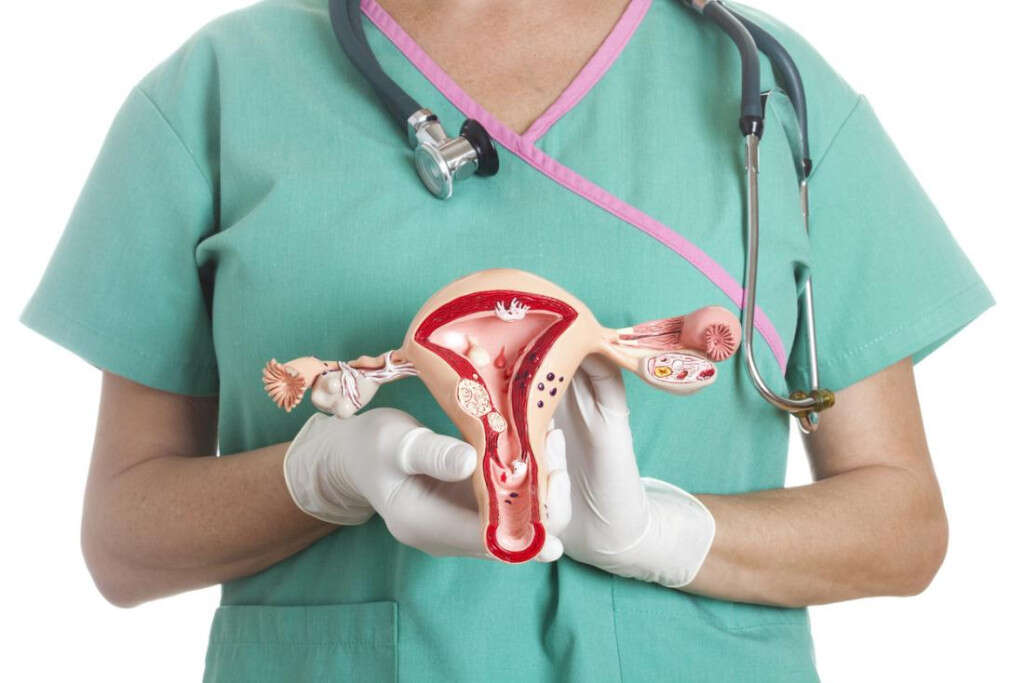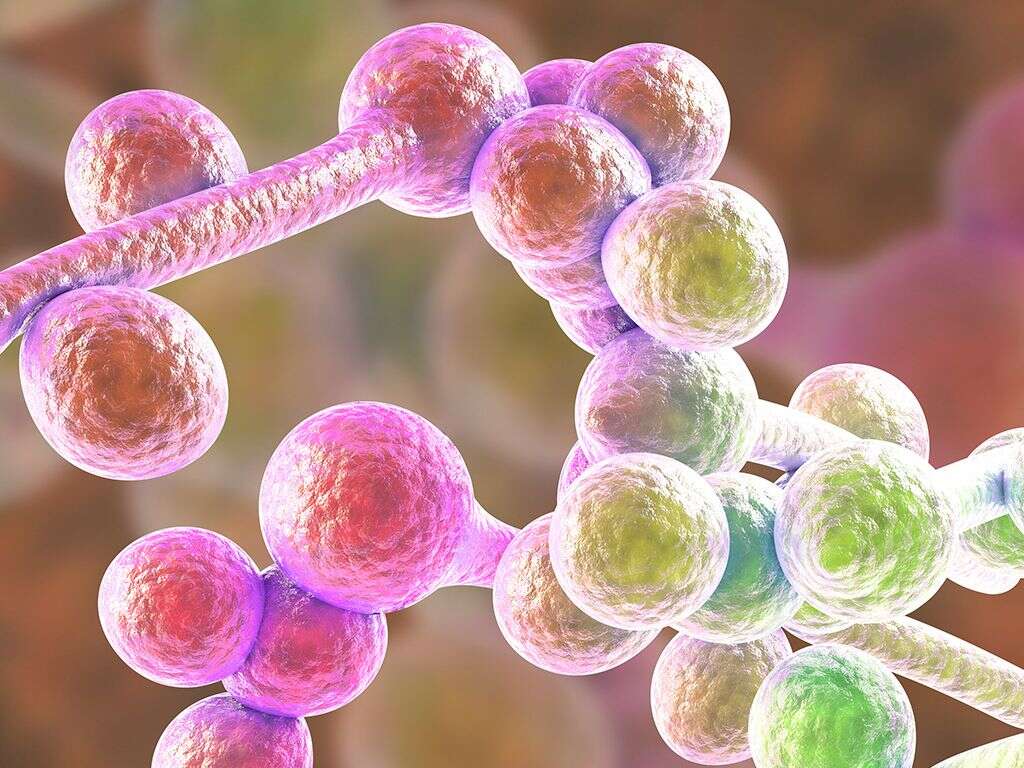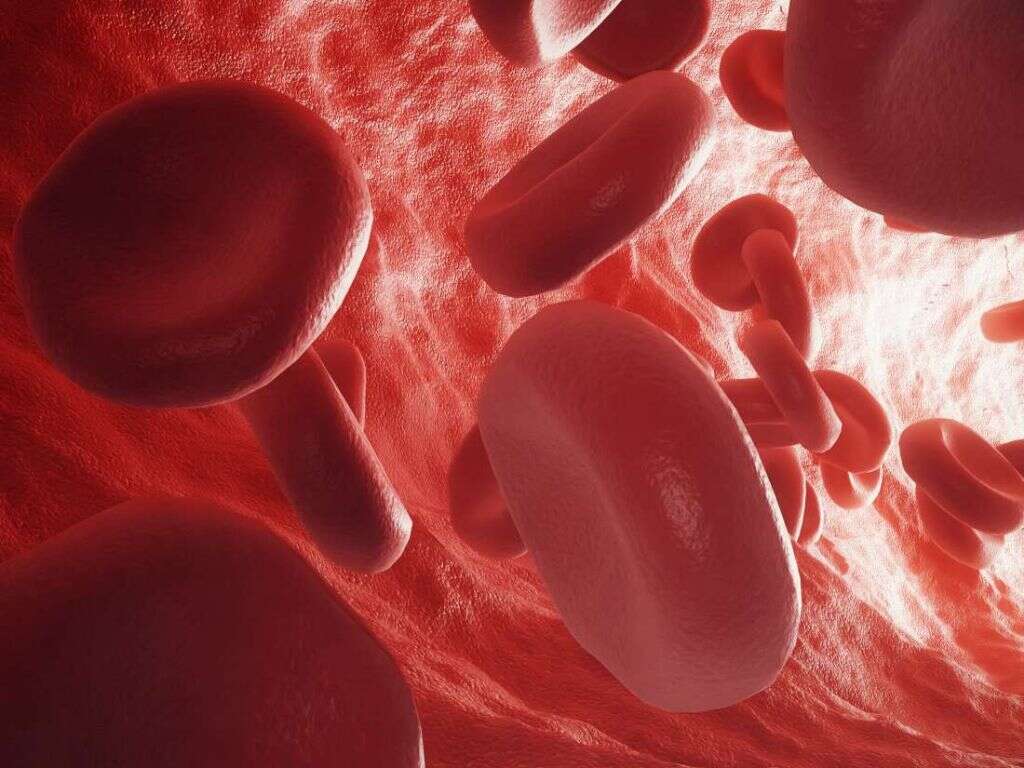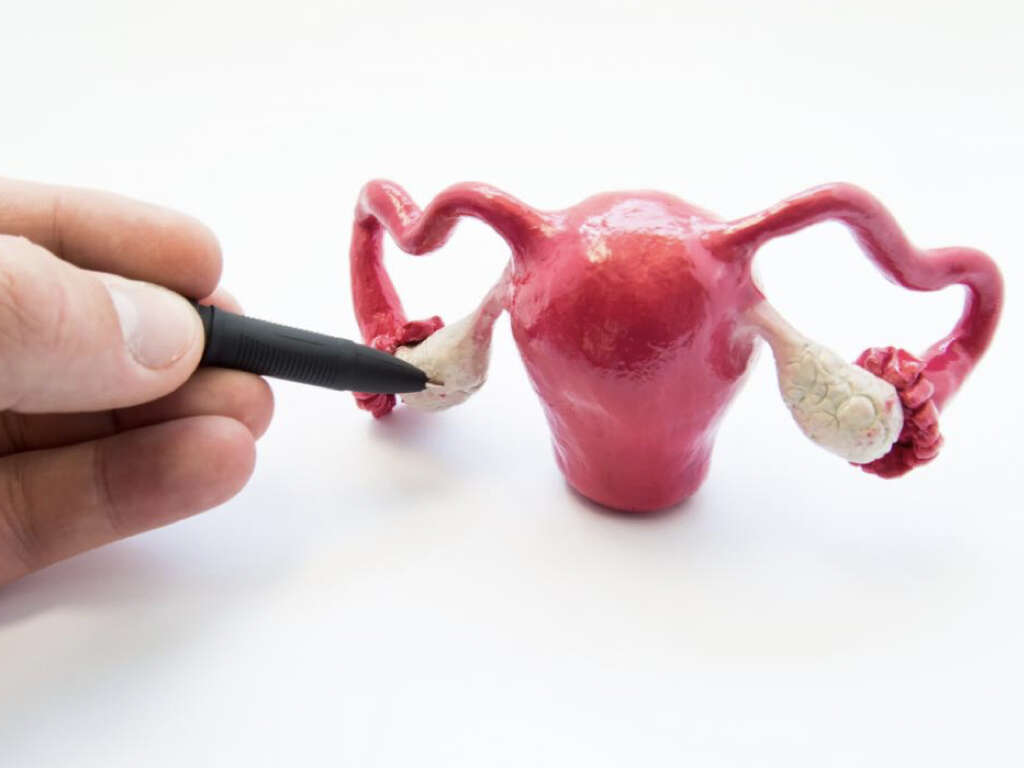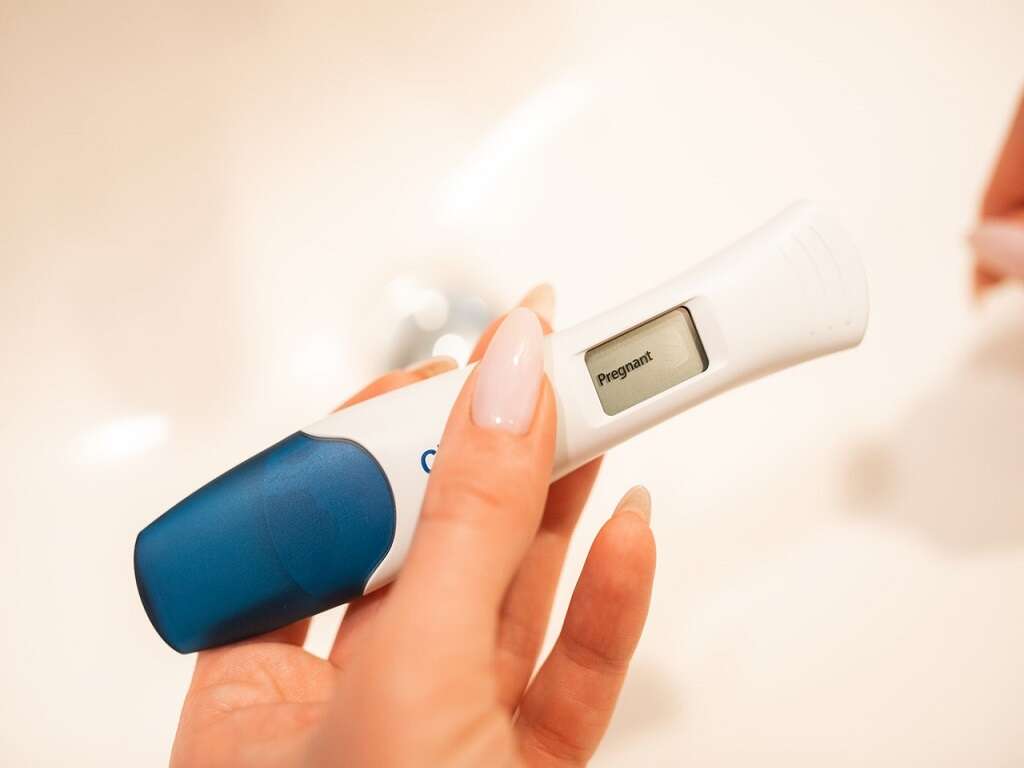10 Uterine Cancer Symptoms
Uterine cancer or womb cancer is cancer that originates from the uterine tissue. There are two main types of uterine cancer known as endometrial cancer and uterine sarcoma. The risk factors of uterine cancer depend on the type but generally, factors such as older age, obesity, human papillomavirus infection are the main risk factors for uterine cancer. Treatment may involve surgery, chemotherapy, radiation therapy, and use of medications. While the cause of uterine cancer is still unknown, it has been speculated that hormone imbalance is one of the major risk factors.
The estrogen receptors that are present on the surfaces of the cells of uterine cancer interacts with the hormone leading to increased cell growth. In 1990, uterine cancer resulted in 45,000 deaths. By 2010, the number of deaths were observed to increase to 58,000 cases. It is the fourth most common cancer among women in the United States and the tenth commonest cause of cancer death. In 2012, it was estimated that endometrial cancer occurred in 320,000 women resulting in 76,000 deaths. The rates of endometrial cancer have been steadily increasing over the years and this is thought to be due to the increasing number of elderlies, along with the increasing rates of obesity.

Symptom #1: Vaginal Bleeding After Menopause
Patients who experience vaginal bleeding after menopause should seek medical evaluation as soon as possible. Even with spotting, patients should see a doctor to rule out serious causes of postmenopausal bleeding such as cancer.
Causes of postmenopausal bleeding include polyps, endometrial atrophy, endometrial hyperplasia, sexually transmitted diseases, vaginal atrophy, side effects of medication, uterine fibroids, and cancer.

Symptom #2: Pelvic Pain and Pressure
Pain in the pelvis and the feeling of pressure in the pelvis are symptoms of a growth in the pelvic region. It can be seen in ovarian cysts, cervical cancer, ovarian cancer, uterine cancer, and more. In uterine cancer, pelvic pain and pressure are symptoms that are usually seen in the later stages of the disease.
Patients with these symptoms should not delay seeking medical attention as it may allow the cancer to progress more and lower the outcome of treatment.

Symptom #3: Dysuria
Dysuria is a medical term that can be used to describe painful or difficult urination. Patients with dysuria often describe it as a stinging or burning sensation most often due to a urinary tract infection.
It can also be caused by other conditions such as sexually transmitted diseases, bladder tumors, bladder stones, side effect of medications, and more. In uterine cancer, it may occur due to the growth of cancer invading the urinary system or increasing pressure on the urinary tracts.

Symptom #4: Dyspareunia
Dyspareunia refers to painful sexual intercourse that may have occurred due to psychological or medical causes. The pain differs and can be felt in the external surface or deeper pelvis when there is pressure against the cervix.
There are many causes that can contribute to dyspareunia such as from psychological, physical, relationship, or social causes. In cancer, dyspareunia is seen in cervical cancer, uterine cancer, ovarian cancer, and vaginal cancer. However, it is one of the less common signs in endometrial cancer.

Symptom #5: Abnormal Menstrual Cycles
The menstrual cycle is a natural process that occurs in the female reproductive system where it functions to produce oocytes and prepares the body for a potential pregnancy.
Most women will settle to have a regular cycle. In uterine cancer, the menstrual cycle can become abnormal where there can be extremely heavy, frequent, or long episodes of bleeding. Women who experience a change in their menstrual cycles should see a medical professional for further evaluation.

Symptom #6: Vaginal Discharge
Vaginal discharge is often a mix of cells, liquids, and bacteria that protects and lubricates the vagina. The normal composition, quality, and amount of discharge varies between women according to the stages of reproductive and sexual development.
While normal vaginal discharge is thinner, clear, sticky, and odorless, abnormal vaginal discharge usually has a foul smell and change in color. Other associated symptoms of abnormal vaginal discharge include pelvic pain, itching, and pain during sexual intercourse. In uterine cancer, the genital discharge may even be purulent.

Symptom #7: Weight Loss
Weight loss refers to the reduction of body mass due to loss of fluids, adipose tissue, muscle, bone mineral deposits, or other connective tissue. Weight loss can be intentional or unintentional. Unintentional weight loss usually occurs as a symptom of disease such as diarrhea, gastroenteritis, malnourishment, nutritional deficiency, cancer, and more.
In cancer, the weight loss is often known as cachexia or wasting syndrome where there is muscle atrophy, weakness, and fatigue. Cachexia is a risk factor for death.

Symptom #8: Abdominal Pain and Bloating
Abdominal pain or stomach ache is a symptom that can be seen in serious and non-serious conditions. Some of the causes of abdominal pain include gastroenteritis, diverticulitis, abdominal aortic aneurysm, irritable bowel syndrome, appendicitis, ectopic pregnancy, and more.
The abdomen can be divided into nine regions: right hypochondriac, epigastric, left hypochondriac, left lumbar, umbilical region, right lumbar, right iliac, suprapubic, and left iliac. Abdominal bloating causes the affected individual to have a full and tight abdomen. The abdominal pain may be attributed to bloating.

Symptom #9: Anorexia
Anorexia is a medical term that describes the sensation of decreased appetite. Anorexia that occurs in an infection is believed to be part of an acute phase response triggered by components of the pathogen.
Anorexia can also be used to describe the aversion of food. In cancer, anorexia is often associated with fatigue, weakness, and poor quality of life. Management of anorexia includes nutritional counseling and appetite stimulants

Symptom #10: Pelvic Mass
Pelvic mass can be a symptom of any condition where there is swelling or enlargement in the pelvic region. While most pelvic masses are found during routine physical examinations, some women may notice increased abdominal size, bloating, increased frequency of urination, pelvic pain, nausea, and vomiting. Pelvic masses can originate from the uterus, cervix, uterine adnexa, bladder, ureters, and more.
Since there are many conditions that can cause a pelvic mass, it is important to see a doctor as soon as possible to help determine the cause and receive appropriate treatment. Some conditions that can cause a pelvic mass are fibroids, endometrial hyperplasia, ectopic pregnancy, ovarian cysts, endometrial cancer, and more.
